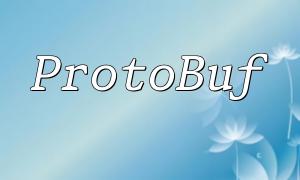PHP Object Comparison Methods Explained: How to Use PHP Operators to Compare Objects
This article explains in detail the methods for comparing objects in PHP, covering common comparison operators like ==, !=, ===, and !==, as well as their use cases and underlying principles. Learn how PHP compares object property values, handles the __toString() method, and how to perform object comparisons effectively.




















